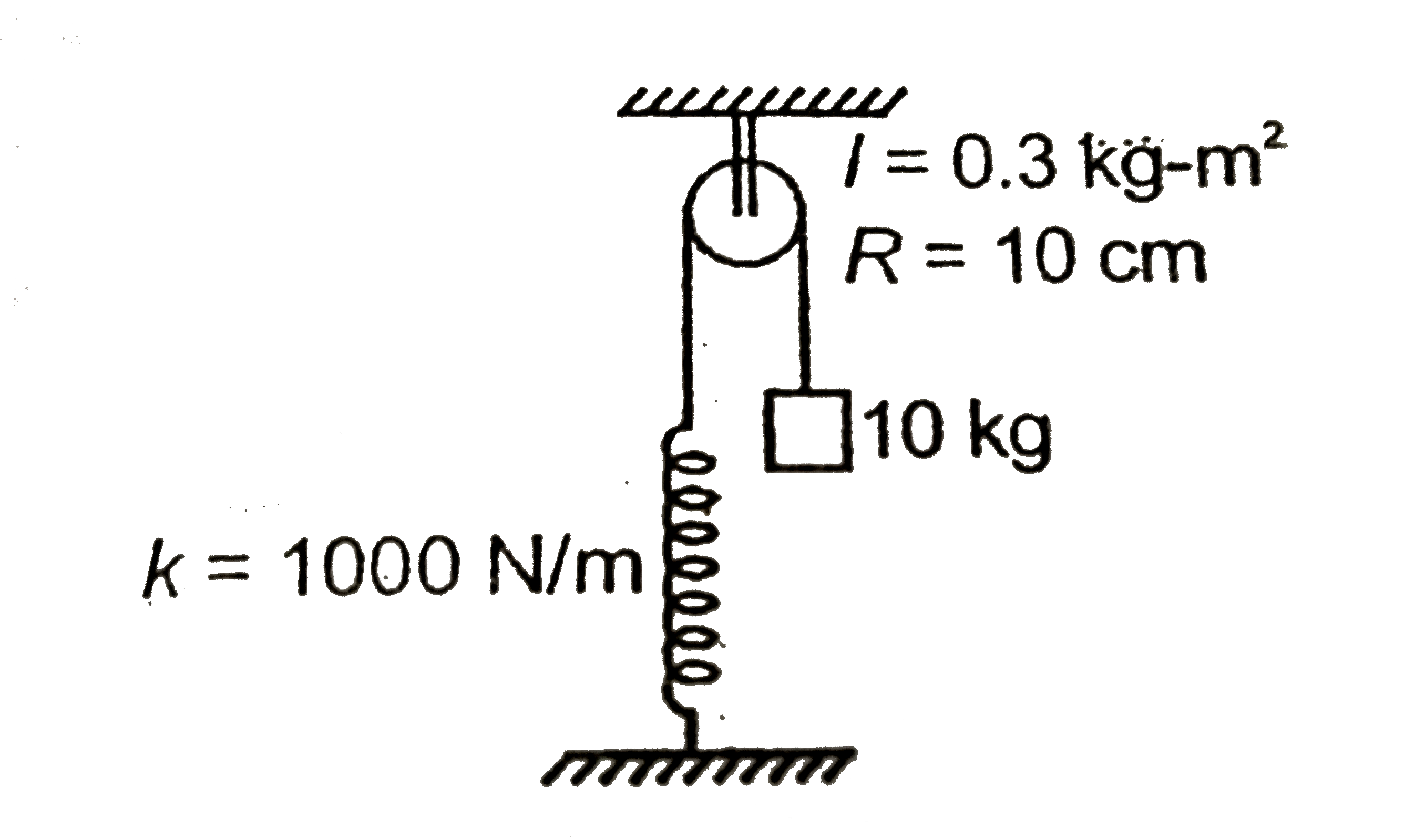Two other possible ways by which .235U can undergo fission when bombarded with a neutron are (1) by the release of .140Xe and .94Sr as fission fragments and (2) by the release of .132Sn and .101Mo as fission fragments. In each case, neutrons are also released. Find the number of neutrons released in each of these events.
To solve the problem of determining the number of neutrons released during the fission of Uranium-235 when it undergoes two different reactions, we will follow these steps:
Step 1: Analyze the first fission reaction
The first reaction involves the fission of Uranium-235 into Xenon-140 and Strontium-94. We can represent this reaction as follows:
10n+23592U→14054Xe+9438Sr+x10n
Step 2: Apply conservation of mass
According to the conservation of mass (nucleons), the total number of nucleons (protons + neutrons) before the reaction must equal the total number of nucleons after the reaction.
- Before the reaction:
- Uranium-235 has 235 nucleons.
- The neutron has 1 nucleon.
Total before = 235+1=236
- After the reaction:
- Xenon-140 has 140 nucleons.
- Strontium-94 has 94 nucleons.
- Let x be the number of neutrons released.
Total after = 140+94+x=234+x
Step 3: Set up the equation
Setting the total before equal to the total after gives us:
236=234+x
Step 4: Solve for x
Now, we solve for x:
x=236−234=2
Thus, 2 neutrons are released in the first reaction.
---
Step 5: Analyze the second fission reaction
The second reaction involves the fission of Uranium-235 into Tin-132 and Molybdenum-101. We can represent this reaction as follows:
10n+23592U→13250Sn+10142Mo+y10n
Step 6: Apply conservation of mass
Again, we apply the conservation of mass:
- Before the reaction:
- Total before = 235+1=236
- After the reaction:
- Tin-132 has 132 nucleons.
- Molybdenum-101 has 101 nucleons.
- Let y be the number of neutrons released.
Total after = 132+101+y=233+y
Step 7: Set up the equation
Setting the total before equal to the total after gives us:
236=233+y
Step 8: Solve for y
Now, we solve for y:
y=236−233=3
Thus, 3 neutrons are released in the second reaction.
---
Final Answers
1. In the first fission reaction, 2 neutrons are released.
2. In the second fission reaction, 3 neutrons are released.
---
The first reaction involves the fission of Uranium-235 into Xenon-140 and Strontium-94. We can represent this reaction as follows:
According to the conservation of mass (nucleons), the total number of nucleons (protons + neutrons) before the reaction must equal the total number of nucleons after the reaction.
- Uranium-235 has 235 nucleons.
- The neutron has 1 nucleon.
Total before = 235+1=236
- Xenon-140 has 140 nucleons.
- Strontium-94 has 94 nucleons.
- Let x be the number of neutrons released.
Setting the total before equal to the total after gives us:
Now, we solve for x:
The second reaction involves the fission of Uranium-235 into Tin-132 and Molybdenum-101. We can represent this reaction as follows:
Again, we apply the conservation of mass:
- Total before = 235+1=236
- Tin-132 has 132 nucleons.
- Molybdenum-101 has 101 nucleons.
- Let y be the number of neutrons released.
Setting the total before equal to the total after gives us:
Now, we solve for y:
1. In the first fission reaction, 2 neutrons are released.
2. In the second fission reaction, 3 neutrons are released.
Topper's Solved these Questions
- NUCLEAR PHYSICSBOOK - CENGAGE PHYSICS ENGLISHCHAPTER - NUCLEAR PHYSICSEXERCISE - Solved Examples
17 Videos
- NUCLEAR PHYSICSBOOK - CENGAGE PHYSICS ENGLISHCHAPTER - NUCLEAR PHYSICSEXERCISE - Exercise 5.1
10 Videos
- MISCELLANEOUS VOLUME 5BOOK - CENGAGE PHYSICS ENGLISHCHAPTER - MISCELLANEOUS VOLUME 5EXERCISE - Integer
12 Videos
- PHOTOELECTRIC EFFECTBOOK - CENGAGE PHYSICS ENGLISHCHAPTER - PHOTOELECTRIC EFFECTEXERCISE - Integer Type
4 Videos
Similar Questions
In the given arrangement the block is released from the position where the spring is unstretched. The speed of the block when it has descended through 2cm is x10. Find the value of x.

View SolutionWhen fission occurs, several neutrons are released and the fission fragments are beta radioactive, why?
View Solution1.00 kg of .235U undergoes fission process. If energy released per event is 200MeV, then the total energy released is
View SolutionU235+n1→ fission product + neutron + 3.2×10−11J. The energy released , when 1g of U235 finally undergoes fission , is
View SolutionThe number of neutrons accompanying the formation of .54Xe139 and .38Sr94 from the absorption of a slow neutron by .92U235, followed by nuclear fission is
View SolutionWhen U-235 undergoes fission, 0.1% of its mass is converted into energy. Then amount of energy released during the fission of 1kg of uranium-235 will be
View SolutionThe number of neutrons released when .92U235 undergoes fission by absorbing .0n1 and (.56Ba144+.36Kr89) are formed, is.
View SolutionIn a nuclear reactor, the number of U235 nuclei undergoing fissions per second is 4×1020. If the energy releases per fission is 250 MeV, then the total energy released in 10 h is (1eV=1.6×10−19J)
View Solution200 Mev energy is released when one nucleus of .235U undergoes fission. Find the number of fissions per second required for producing a power of 1 mega watt.
View SolutionIn the fission of .23994Pu by a thermal neutron, two fission fragmnets of equal masses and sizes are produced and four neutrosn are emitted. Find the force between the two fission fragments at the moment they are produced.
Given : R0=1.1 fermi.
View Solution

